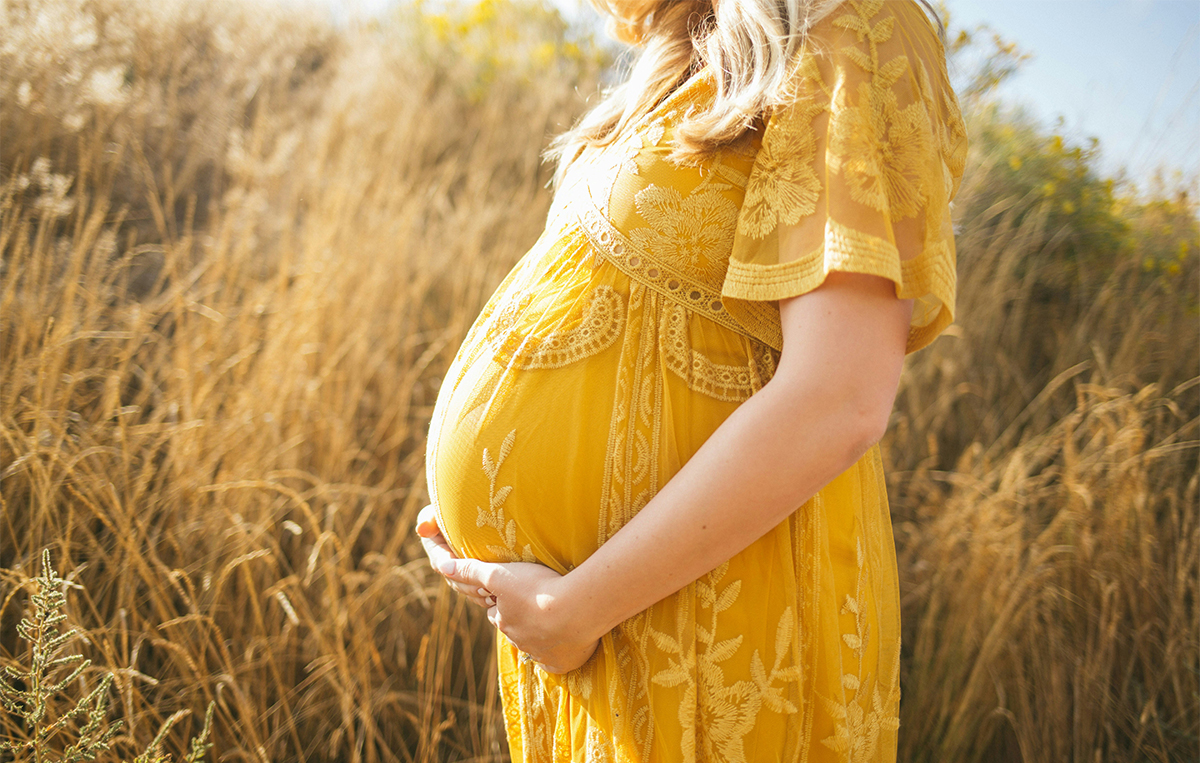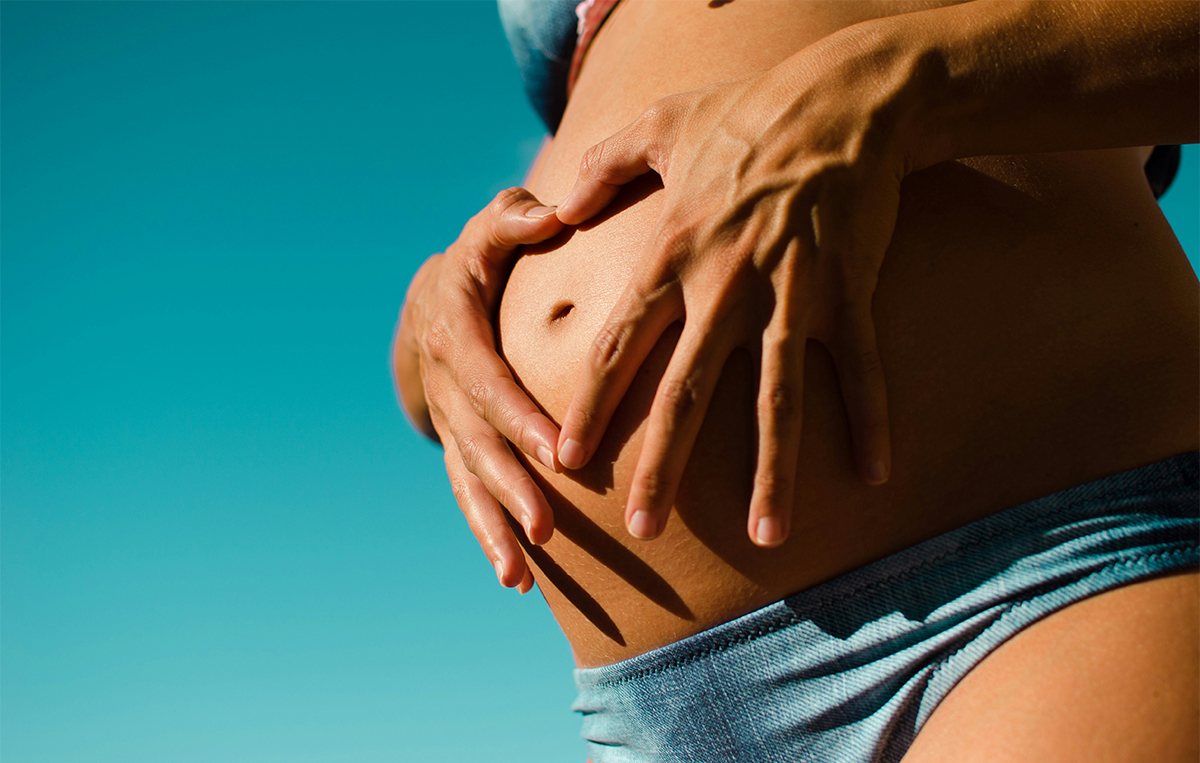Many of us simply forget that efficient breathing enhances your fitness performance AND reduces stress. As something we do naturally, it seems crazy to find myself writing about breathing. However, I’ve noted that many of my clients Reverse Breathe’. Additionally, I have noted when breathing patterns are corrected that there are very obvious and dramatic results both immediately and long term.
Click HERE to book your Stress Busting | sport specific treatment
What is Reverse breathing?
Naturally, we breathe using our diaphragm. If you watch a baby breathing you will see what I mean. However poor posture, stress, anxiety, and general tension all affect our capacity to breathe ‘properly’ Upper chest breathing causes you to expel excessive amounts of Carbon Dioxide (therefore depleting your carbon Dioxide stores). This causes you to feel tense, agitated, and breathless and can cause your nervous system to go into overdrive. In extreme cases, this can result in pins and needles/ tingling in hands, a tingling feeling in the lips, a metallic taste in the mouth, and cramping of the feet or hands.
Carbon Dioxide is often seen as the ‘baddie’, however it’s vital to our health and general well-being acting as our ‘natural tranquilliser’
Re-learning to use your diaphragm in breathing and reduce your rate of breathing is an important first step in managing the symptoms of anxiety, anger, panic, increasing your physical activities, clearing training plateaus etc.
How Does Reverse Breathing Affect You?
I have noted that with my clients (who are keen Sports participants) the effect of reverse breathing can lead to plateauing, as well as less energy and a longer recovery period, whilst my non-sporty clients, many of whom have very stressed, busy lifestyles, feel more stressed and even more lethargic!!
Click HERE to book your Stress Busting | sport specific treatment
Check YOUR Breathing Pattern
- Rest one hand on your upper chest and the other over your navel area
- Breathe normally for a minute or so
- Notice which hand rises first when you inhale
Results:
- If the upper hand rises first you are reverse breathing
- If the lower hand rises first you are breathing with your diaphragm
- If both move at the same time you are using a mix of both
Breathing Exercise To Reduce Stress & Normalise Breathing
Sit in an upright position looking straight ahead. (You can close your eyes if it helps). Put one palm on your upper chest and the other over your navel. (The aim is to have the lower hand rise first when you breathe in.) Breathe out gently and effortlessly. Now, wait for a second or two until the body spontaneously begins the inhalation. Hold your breath for a few seconds, then exhale slowly.
I find it helps if you count slowly as you breathe in…. i.e. breathe in to the count of 6 (lets say) hold for 2 seconds, breathe out for 7. Also, I find it beneficial to increase the duration of the inhale/ exhale increase when comfortable (easy), i,e Breathe in (and out) to 7, 8, 9 etc.
You may be tempted at this point to ‘force’ a deeper inhalation, but this really won’t help! Allow your body to find its natural rate, I’m certain that as you try this you will already be feeling your body automatically relax! Continue doing this for about 5 to 10 minutes.
Your New Breathing Pattern
Your new slow, relaxed, method of breathing may take a little time to get used to particularly if you have been desk-slumped or experiencing stress for a long time, but don’t despair, it gets easier and easier to change this pattern!
Feedback using this technique has been varied….from the reduction of ‘plateau’ when training to personal bests*, to ease of training, an instant calming solution and even enhanced orgasms (really!). Breathing this way also helps relieve (and alleviate) tension between the shoulder blades!
*Please note: Whilst breathing ‘properly’ enhances many aspects of your life, muscle tension/ lack of flexibility will affect the outcome. Did you know excessive amounts of Oxygen (relative to the level of Carbon Dioxide) in our system causes us to feel agitated and jumpy? Whereas too much Carbon Dioxide (relative to the level of oxygen) can leave us feeling sluggish, sleepy and tired!
Click HERE to book your Stress Busting | sport specific treatment




